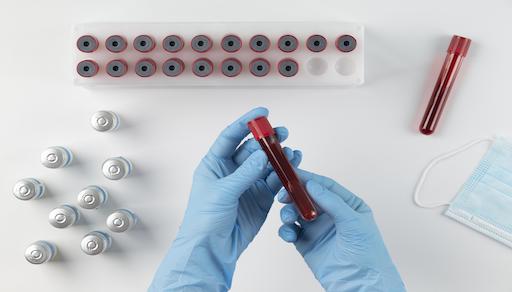In a laboratory setting the manner of transportation used for samples is an important factor to consider. Samples may be transported within the laboratory itself, or outside the facility for testing, analysis, or disposal. It’s essential that the samples are transported safely and efficiently to maintain their integrity and prevent contamination. In this article we’ll explain the importance of sample transportation in laboratories, and provide insights on how to ensure the safe and efficient transportation of samples.
Why is sample transportation important?
Sample transportation is an essential part of laboratory operations. Samples that are transported in and outside of the lab may include biological specimens, environmental samples, chemical compounds, or other materials that require analysis or testing. Appropriate transportation of samples is critical to maintain the composition, structure, or properties of the sample, because it directly affects the quality and reliability of the test results.
For example: a blood sample collected for testing of glucose levels must be transported in a manner that prevents clotting, and preserves the existing glucose levels. Any changes in the sample during transportation that alter the glucose levels will inevitably lead to inaccurate test results.
Careful transportation also plays a critical role in preventing contamination of the samples. Samples may be contaminated during transportation if they come into contact with other samples or materials that may interfere with the test results. Contamination of samples can lead to inaccurate results, which can have serious consequences, especially for patient care or research outcomes.
How to ensure safe and efficient sample transportation
To ensure safe and efficient sample transportation, laboratories must follow specific guidelines and procedures. Here are some tips to ensure samples are transported properly:
Use appropriate containers
It is essential to use appropriate containers to transport samples (e.g. blood samples must be transported in tubes that prevent clotting and maintain the temperature of the sample). The containers must be leak-proof, shatter-proof, and able to maintain the temperature of the sample. The containers must be labelled correctly, indicating the type of sample, the date, and the time of collection. Environmental samples must be transported in airtight containers to prevent contamination.
Follow proper handling procedures
During sample transportation, it is vital to follow proper handling procedures to prevent any damage or contamination. Lab personnel must wear appropriate personal protective equipment (PPE) when handling samples. By doing this they can avoid exposure to hazardous materials.
For example, lab personnel must always wear gloves and lab coats when handling biological or chemical samples. They must also follow proper disposal procedures for any contaminated materials.
Maintain appropriate temperature
Maintaining the appropriate temperature during sample transportation is, unsurprisingly, crucial to ensure the integrity of the sample. Samples that require refrigeration must be transported in coolers with appropriate temperature monitoring devices. Samples that require freezing must be transported in dry ice or other appropriate containers.
Use appropriate transportation methods
It is essential to use appropriate transportation methods to ensure the safe and efficient transportation of samples. The transportation methods must be suitable for the type of sample, the distance, and the time required for transportation. The transportation methods must also comply with applicable regulations and standards.
For example, hazardous materials must be transported in compliance with the Hazardous Materials Transportation Act (HMTA) regulations. Biological samples must be transported in compliance with the International Air Transport Association (IATA) regulations for shipping dangerous goods.
Monitor and track samples
It is crucial to monitor and track samples while they are being transported to ensure they arrive at their destination intact. The handlers must use appropriate tracking systems to monitor the movement and location of the samples. The tracking systems should provide real-time information on the location, and other relevant parameters of the sample.
For example, hospitals must use tracking systems to monitor the movement of blood samples from the collection site to the laboratory.
In summary, sample transportation is a critical part of laboratory operations. It is essential to maintain the integrity of the samples during transportation, and to prevent any changes in the composition, structure, or properties of the sample. Any changes in the sample can affect the test results, leading to inaccurate or unreliable results.
Laboratories must follow specific guidelines and procedures to ensure the safe and efficient transportation of samples. These guidelines include using appropriate containers, following proper handling procedures, maintaining appropriate temperature, using appropriate transportation methods, and monitoring and tracking samples. By following these guidelines, laboratories can ensure that samples are transported safely and efficiently, leading to accurate and reliable test results. By looking through our catalogue you can find products that will help you appropriately transport samples. You can contact us for help finding appropriate lab products to transport samples or any other lab-related products.

